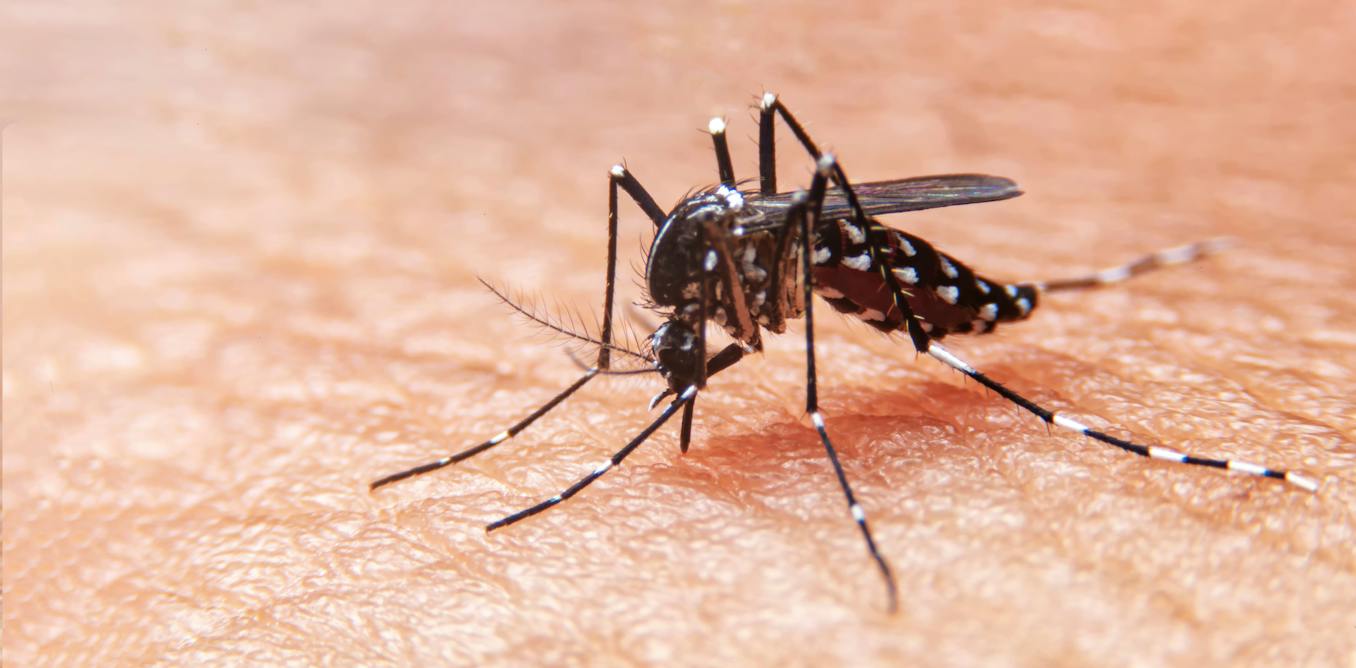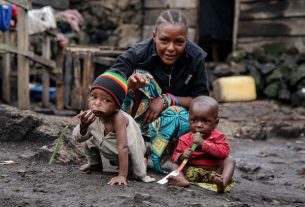If you were looking for information on dengue fever and only had access to older textbooks, it would likely be found in the sections on tropical and subtropical diseases.
The disease is, indeed, spreading rapidly in warmer regions: Peru – which has mixed subtropical and tropical climates – has recently recorded some of the highest numbers of the virus (both cases and deaths) within memory. This has led to the declaration of a state of emergency in most of its regions, as cases continue to climb year after year.
Record numbers of cases in 2023
We are also seeing more and more new cases outside of Latin America. There have been increasing numbers of locally transmitted cases in the USA, Italy and France, as well as the first recorded cases in many years in Spain.
In 2022, there were 2.8 million registered cases of dengue on the American continent alone. This was more than double the 1.2 million cases in 2021.
Although the majority of cases affect tropical and subtropical areas of America, Asia and Africa, a significant increase has recently been observed in more temperate areas, such as Europe. This is especially true in the south of the continent, where the disease has been present since the 1970s.
According to statistics from the European Centre for Disease Prevention and Control, 71 locally transmitted cases of dengue were reported in 2022 in mainland EU countries. This is an increase of over 20% compared to 2021.
Small bites, big consequences
Dengue is a disease caused by one of the four strains of dengue virus (DENV). It has been reported that all four strains can circulate together, and that they can cause the same set of symptoms. Special attention should be given to severe or haemorrhagic dengue, which is usually caused by exposure to one strain after previous exposure to another.
DENV is transmitted through bites from infected Aedes mosquitoes, primarily Aedes aegypti, but also to a lesser extent Aedes albopictus, also known as the Tiger Mosquito. These insects, which feed on human blood and transmit the virus through their saliva, are found in tropical and subtropical areas. However, in recent decades they have become more and more common in temperate areas.
The virus is not transmitted directly, but works in a cycle, passing from human to mosquito to human. When an infected female Aedes mosquito bites a person, it introduces DENV into their system and begins the cycle. The incubation period is usually between 3 and 10 days, although it can vary depending on external factors such as temperature.
Symptoms then begin to develop, usually fever, headaches, muscle aches, joint pain, nausea and vomiting. In severe cases, it can lead to haemorrhage, organ failure and death.
Aedes mosquitoes breed in standing or stagnant water, such as water containers, unused swimming pools, old tyres, and so on. In the absence of vaccines and effective treatments, it is important to eliminate mosquito breeding sites to prevent the transmission of the disease. This can not only prevent the spread of dengue, but also the mosquito-borne viruses that cause Zika and chikungunya.
The role of climate change and globalisation
Climate change is one of the driving forces behind the rise in dengue cases, both in America and Europe. Increased temperatures and longer mosquito breeding seasons (due to warmer and longer summers) may help the spread of Aedes aegypti.
These mosquitoes are able to survive in temperatures above 10C, and thanks to global warming they are able expand their range to more temperate zones. Changes in rainfall patterns – caused by climate change – also increase the volume of standing water, providing an ideal breeding ground.
In addition, increased international travel and trade with areas where dengue fever is common, as well as the growth of cities, make the spread of the disease all the more likely.
Will dengue become endemic in Europe?
Against this backdrop, the possibility of dengue becoming endemic in Europe is a real possibility. Environmental conditions such as climate change and globalisation are making it easier for mosquitoes – and the diseases they carry – to spread. These are factors that cannot easily be brought under control, at least for the time being.
If dengue were to become endemic in Europe, it could have a significant impact on public health. For this reason, European health authorities are already working to prevent its spread by addressing the factors that can currently be controlled. This includes monitoring cases, educating populations on how to prevent mosquito bites, and taking measures to control new mosquito populations as soon as their presence is detected, as has been happening on the Spanish island of Tenerife.



